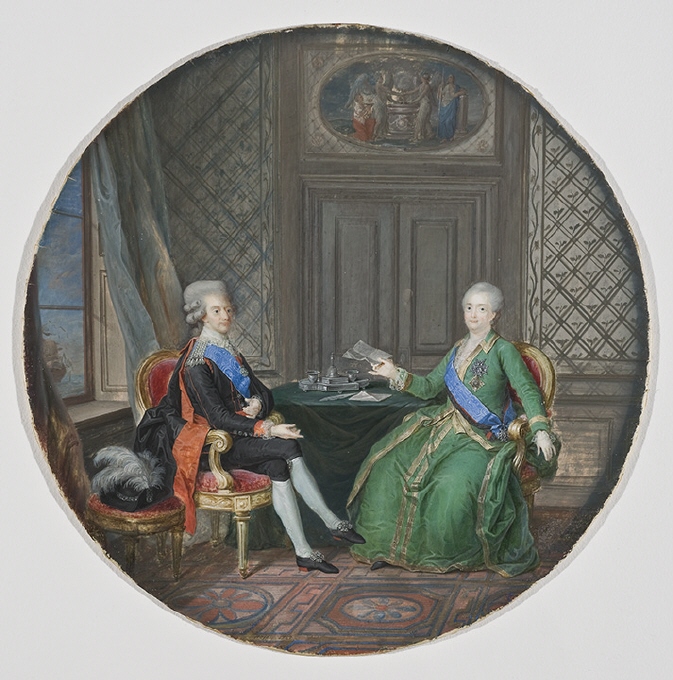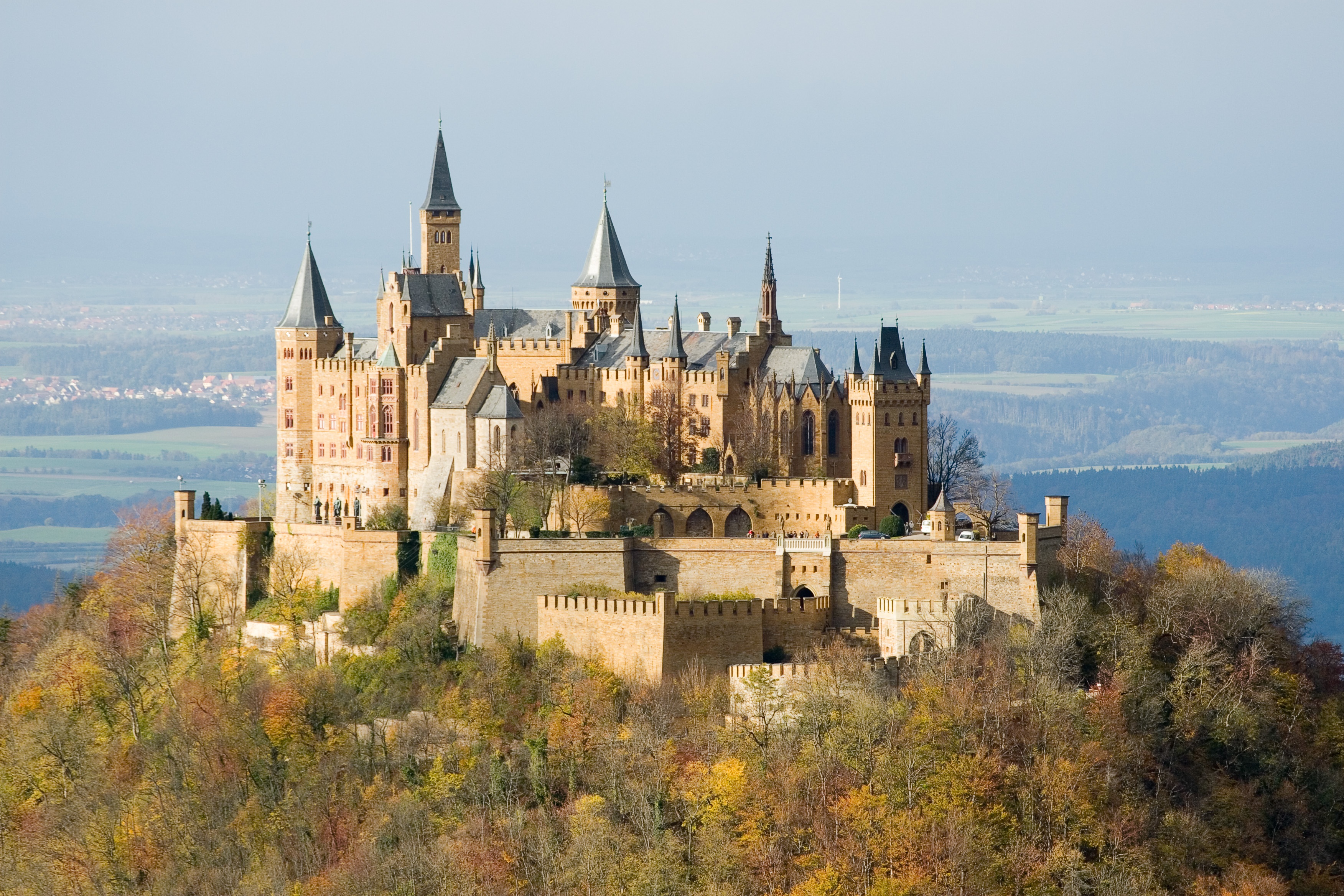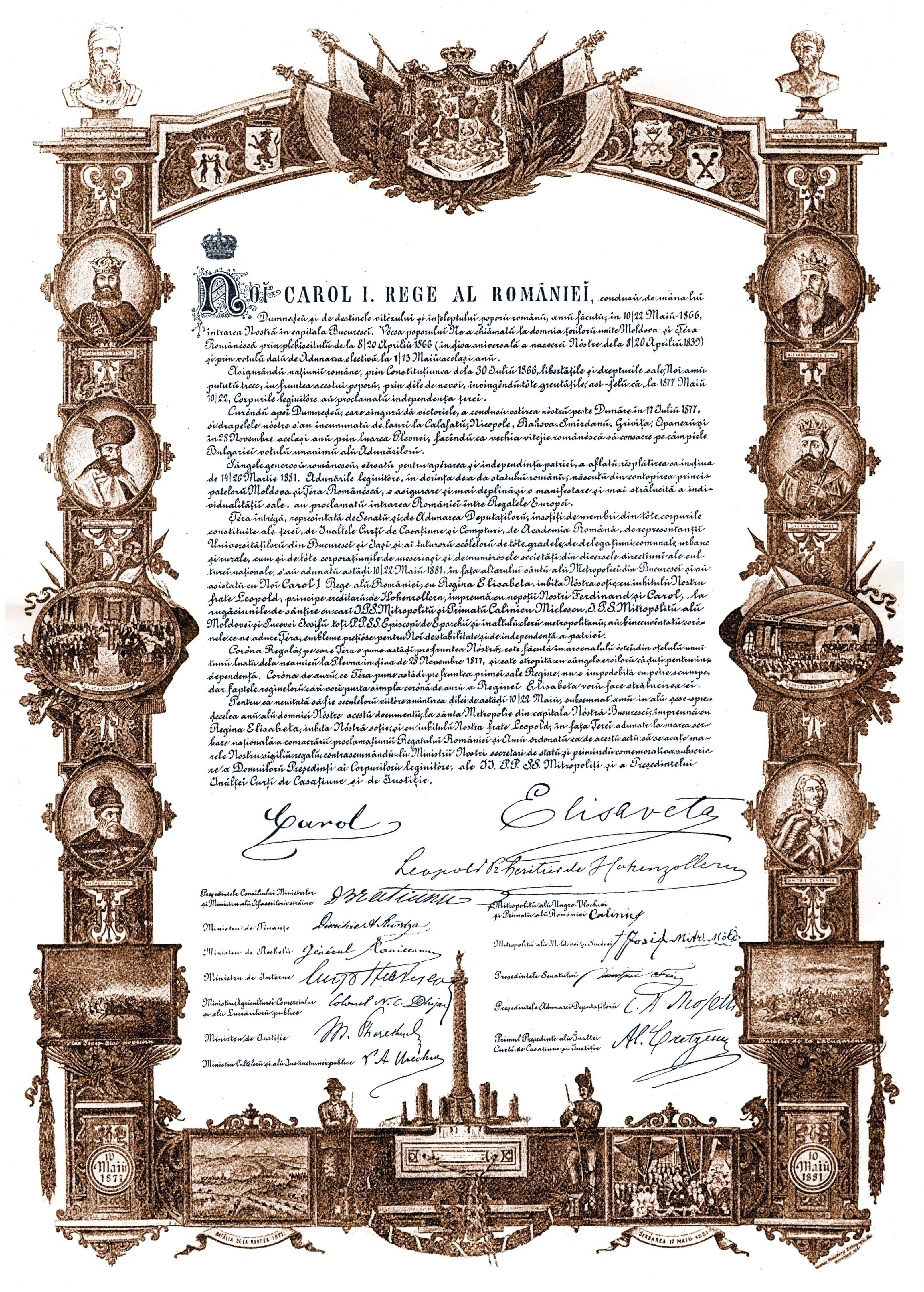|
Monarchism
Monarchism is the advocacy of the system of monarchy or monarchical rule. A monarchist is an individual who supports this form of government independently of any specific monarch, whereas one who supports a particular monarch is a royalist. Conversely, the opposition to monarchical rule is referred to as republicanism. Depending on the country, a royalist may advocate for the rule of the person who sits on the throne, a regent, a pretender, or someone who would otherwise occupy the throne but has been deposed. History Monarchical rule is among the oldest political institutions. The similar form of societal hierarchy known as chiefdom or tribal kingship is prehistoric. Chiefdoms provided the concept of state formation, which started with civilizations such as Mesopotamia, Ancient Egypt and the Indus Valley civilization. In some parts of the world, chiefdoms became monarchies. Monarchs have generally ceded power in the modern era, having substantially diminished since Worl ... [...More Info...] [...Related Items...] OR: [Wikipedia] [Google] [Baidu] |
Royalist
A royalist supports a particular monarch as head of state for a particular kingdom, or of a particular dynastic claim. In the abstract, this position is royalism. It is distinct from monarchism, which advocates a monarchical system of government, but not necessarily a particular monarch. Most often, the term royalist is applied to a supporter of a current regime or one that has been recently overthrown to form a republic. In the United Kingdom, the term is currently almost indistinguishable from "monarchist", as there are no significant rival claimants to the throne. Conversely, in 19th-century France, a royalist might be either a Legitimist, Bonapartist, or an Orléanist, all being monarchists. United Kingdom * The Wars of the Roses were fought between the Yorkists and the Lancastrians * During the English Civil War the Royalists or Cavaliers supported King Charles I and, in the aftermath, his son King Charles II * Following the Glorious Revolution, the Jacobites ... [...More Info...] [...Related Items...] OR: [Wikipedia] [Google] [Baidu] |
Monarchy
A monarchy is a form of government in which a person, the monarch, reigns as head of state for the rest of their life, or until abdication. The extent of the authority of the monarch may vary from restricted and largely symbolic (constitutional monarchy), to fully autocratic (absolute monarchy), and may have Political representation, representational, Executive (government), executive, legislative, and judicial functions. The Order of succession, succession of monarchs has mostly been Hereditary monarchy, hereditary, often building dynasties; however, monarchies can also be elective monarchy, elective and Self-proclaimed monarchy, self-proclaimed. Aristocracy (class), Aristocrats, though not inherent to monarchies, often function as the pool of persons from which the monarch is chosen, and to fill the constituting institutions (e.g. Diet (assembly), diet and Royal court, court), giving many monarchies oligarchic elements. The Legitimacy (political)#Monarchy, political legitim ... [...More Info...] [...Related Items...] OR: [Wikipedia] [Google] [Baidu] |
Catherine II Of Russia
Catherine II. (born Princess Sophie of Anhalt-Zerbst; 2 May 172917 November 1796), most commonly known as Catherine the Great, was the reigning empress of Russia from 1762 to 1796. She came to power after overthrowing her husband, Peter III. Under her long reign, inspired by the ideas of the Enlightenment, Russia experienced a renaissance of culture and sciences, which led to the founding of many new cities, universities, and theatres, along with large-scale immigration from the rest of Europe and the recognition of Russia as one of the great powers of Europe. In her accession to power and her rule of the empire, Catherine often relied on her noble favourites, most notably Count Grigory Orlov and Grigory Potemkin. Assisted by highly successful generals such as Alexander Suvorov and Pyotr Rumyantsev, and admirals such as Samuel Greig and Fyodor Ushakov, she governed at a time when the Russian Empire was expanding rapidly by conquest and diplomacy. In the south, th ... [...More Info...] [...Related Items...] OR: [Wikipedia] [Google] [Baidu] |
House Of Hohenzollern
The House of Hohenzollern (, ; , ; ) is a formerly royal (and from 1871 to 1918, imperial) German dynasty whose members were variously princes, Prince-elector, electors, kings and emperors of Hohenzollern Castle, Hohenzollern, Margraviate of Brandenburg, Brandenburg, Prussia, the German Empire, and Kingdom of Romania, Romania. The family came from the area around the town of Hechingen in Swabia during the late 11th century and took their name from Hohenzollern Castle. The first ancestors of the Hohenzollerns were mentioned in 1061. The Hohenzollern family split into two branches, the Catholic Church, Catholic Swabian branch and the Protestantism, Protestant Burgraviate of Nuremberg#List of burgraves, Franconian branch,''Genealogisches Handbuch des Adels, Fürstliche Häuser'' XIX. "Haus Hohenzollern". C.A. Starke Verlag, 2011, pp. 30–33. . which ruled the Burgraviate of Nuremberg and later became the Brandenburg-Prussian branch. The Swabian branch ruled the principalities of Hoh ... [...More Info...] [...Related Items...] OR: [Wikipedia] [Google] [Baidu] |
Regent
In a monarchy, a regent () is a person appointed to govern a state because the actual monarch is a minor, absent, incapacitated or unable to discharge their powers and duties, or the throne is vacant and a new monarch has not yet been determined. The rule of a regent or regents is called a regency. A regent or regency council may be formed ''ad hoc'' or in accordance with a constitutional rule. ''Regent'' is sometimes a formal title granted to a monarch's most trusted advisor or personal assistant. If the regent is holding the position due to their being in the line of succession, the compound term '' prince regent'' is often used; if the regent of a minor is their mother, and she is wife or widow of the king, she would be referred to as ''queen regent''. If the formally appointed regent is unavailable or cannot serve on a temporary basis, a may be appointed to fill the gap. In a monarchy, a regent usually governs due to one of these reasons, but may also be elected to ... [...More Info...] [...Related Items...] OR: [Wikipedia] [Google] [Baidu] |
Pretender
A pretender is someone who claims to be the rightful ruler of a country although not recognized as such by the current government. The term may often be used to either refer to a descendant of a deposed monarchy or a claim that is not legitimate.Curley Jr., Walter J. P. ''Monarchs-in-Waiting''. New York, 1973, pp. 4, 10. . In addition, it may also refer to that of a deposed monarch, a type of claimant referred to as head of a house. In addition, it may also refer to a former monarchy. Queen Anne popularized this word, using it to refer to her Roman Catholic half-brother James Francis Edward Stuart, the Jacobite heir, in an address to Parliament in 1708: "The French fleet sailed from Dunkirk ... with the Pretender on board." In 1807 the French Emperor Napoleon complained that the '' Almanach de Gotha'' continued to list German princes whom he had deposed. This episode established that publication as the pre-eminent authority on the titles of deposed monarchs and nobility, m ... [...More Info...] [...Related Items...] OR: [Wikipedia] [Google] [Baidu] |
Kingdom Of Romania
The Kingdom of Romania () was a constitutional monarchy that existed from with the crowning of prince Karl of Hohenzollern-Sigmaringen as King of Romania, King Carol I of Romania, Carol I (thus beginning the Romanian royal family), until 1947 with the abdication of King Michael I of Romania, Michael I and the Romanian parliament's proclamation of the Socialist Republic of Romania, Romanian People's Republic. From 1859 to 1877, Romania evolved from a personal union of two Principality, principalities: (Moldavia and Wallachia) called the Unification of Moldavia and Wallachia also known as "The Little Union" under a single prince to an autonomous principality with a House of Hohenzollern, Hohenzollern monarchy. The country gained its independence from the Ottoman Empire during the Russo-Turkish War (1877–1878), 1877–1878 Russo-Turkish War (known locally as the Romanian War of Independence), after which it was forced to cede the southern part of Bessarabia in exchange for Northern ... [...More Info...] [...Related Items...] OR: [Wikipedia] [Google] [Baidu] |
Enlightened Absolutism
Enlightened absolutism, also called enlightened despotism, refers to the conduct and policies of European absolute monarchs during the 18th and early 19th centuries who were influenced by the ideas of the Enlightenment, espousing them to enhance their power. The concept originated during the Enlightenment period in the 18th and into the early 19th centuries. An enlightened absolutist is a non- democratic or authoritarian leader who exercises their political power based upon the principles of the Enlightenment. Enlightened monarchs distinguished themselves from ordinary rulers by claiming to rule for their subjects' well-being. John Stuart Mill stated that despotism is a legitimate mode of government in dealing with barbarians, provided the end be their improvement. Enlightened absolutists' beliefs about royal power were typically similar to those of regular despots, both recognizing that they were destined to rule. Enlightened rulers may have played a part in the abolition of ... [...More Info...] [...Related Items...] OR: [Wikipedia] [Google] [Baidu] |
Revolutions Of 1848
The revolutions of 1848, known in some countries as the springtime of the peoples or the springtime of nations, were a series of revolutions throughout Europe over the course of more than one year, from 1848 to 1849. It remains the most widespread revolutionary wave in European history to date. The revolutions were essentially Democracy, democratic and Liberalism, liberal in nature, with the aim of removing the old Monarchy, monarchical structures and creating independent nation-states, as envisioned by romantic nationalism. The revolutions spread across Europe after an initial revolution began in Sicilian revolution of 1848, Italy in January 1848. Over 50 countries were affected, but with no significant coordination or cooperation among their respective revolutionaries. Some of the major contributing factors were widespread dissatisfaction with political leadership, demands for more participation (decision making), participation in government and democracy, demands for freedom o ... [...More Info...] [...Related Items...] OR: [Wikipedia] [Google] [Baidu] |
Jean-Jacques Rousseau
Jean-Jacques Rousseau (, ; ; 28 June 1712 – 2 July 1778) was a Republic of Geneva, Genevan philosopher (''philosophes, philosophe''), writer, and composer. His political philosophy influenced the progress of the Age of Enlightenment throughout Europe, as well as aspects of the French Revolution and the development of modern political, economic, and educational thought. His ''Discourse on Inequality'', which argues that private property is the source of inequality, and ''The Social Contract'', which outlines the basis for a legitimate political order, are cornerstones in modern political and social thought. Rousseau's sentimental novel ''Julie, or the New Heloise'' (1761) was important to the development of preromanticism and romanticism in fiction. His ''Emile, or On Education'' (1762) is an educational treatise on the place of the individual in society. Rousseau's autobiographical writings—the posthumously published ''Confessions (Rousseau), Confessions'' (completed in 17 ... [...More Info...] [...Related Items...] OR: [Wikipedia] [Google] [Baidu] |
House Of Romanov
The House of Romanov (also transliterated as Romanoff; , ) was the reigning dynasty, imperial house of Russia from 1613 to 1917. They achieved prominence after Anastasia Romanovna married Ivan the Terrible, the first crowned tsar of all Russia. Nicholas II of Russia, Nicholas II, the last Emperor of Russia, and his immediate family were Murder of the Romanov family, executed in 1918, but there are still living descendants of other members of the imperial house. The house consisted of boyars in Russia (the highest rank in the Russian nobility at the time) under the reigning Rurik dynasty, which became extinct upon the death of Feodor I of Russia, Feodor I in 1598. The Time of Troubles, caused by the resulting succession crisis, saw several pretenders and False Dmitry, imposters lay claim to the Russian throne during the Polish–Muscovite War (1605–1618), Polish-Lithuanian occupation. On 21 February 1613, the Zemsky Sobor elected Michael I of Russia, Michael Romanov as tsar, ... [...More Info...] [...Related Items...] OR: [Wikipedia] [Google] [Baidu] |
Communism
Communism () is a political sociology, sociopolitical, political philosophy, philosophical, and economic ideology, economic ideology within the history of socialism, socialist movement, whose goal is the creation of a communist society, a socioeconomic order centered on common ownership of the means of production, distribution, and exchange that allocates products in society based on need.: "One widespread distinction was that socialism socialised production only while communism socialised production and consumption." A communist society entails the absence of private property and social classes, and ultimately money and the State (polity), state. Communists often seek a voluntary state of self-governance but disagree on the means to this end. This reflects a distinction between a Libertarian socialism, libertarian socialist approach of communization, revolutionary spontaneity, and workers' self-management, and an authoritarian socialism, authoritarian socialist, vanguardis ... [...More Info...] [...Related Items...] OR: [Wikipedia] [Google] [Baidu] |






